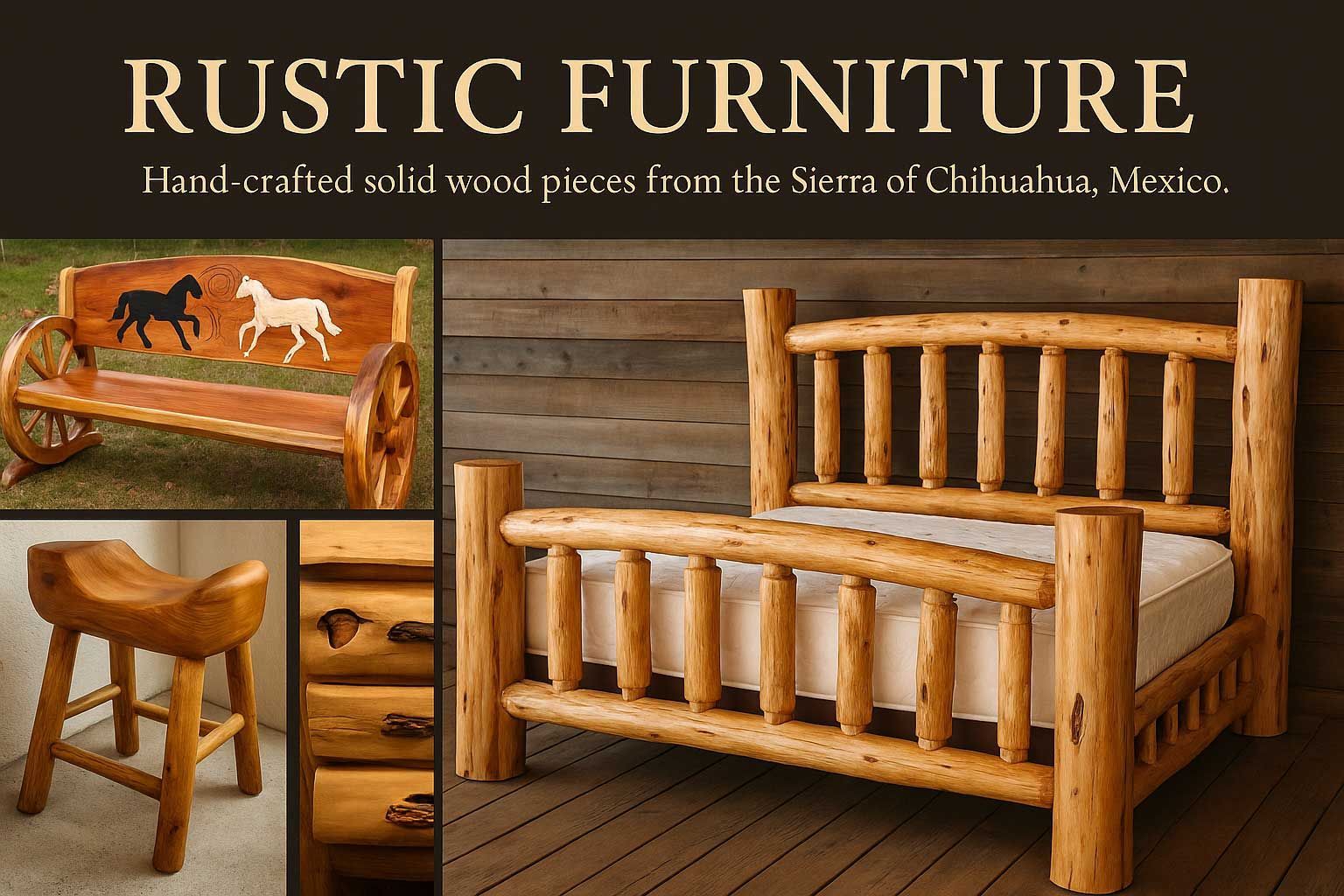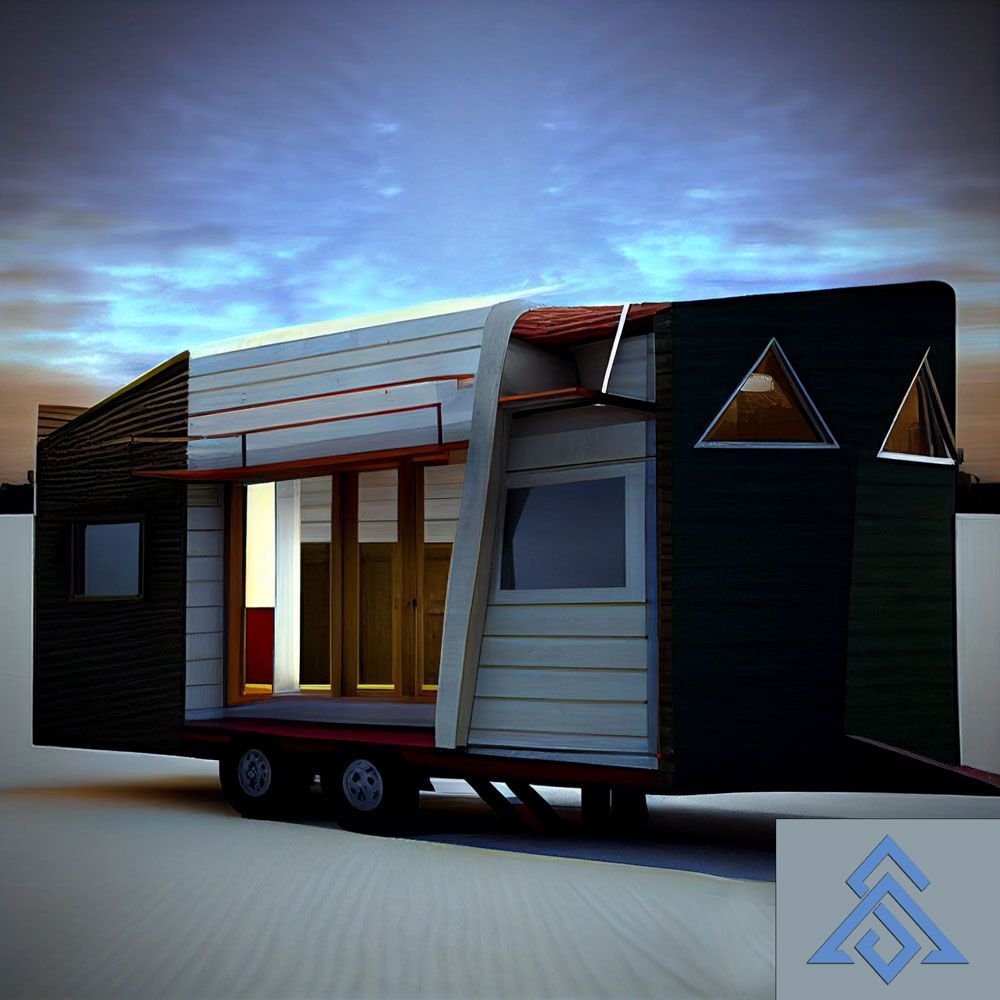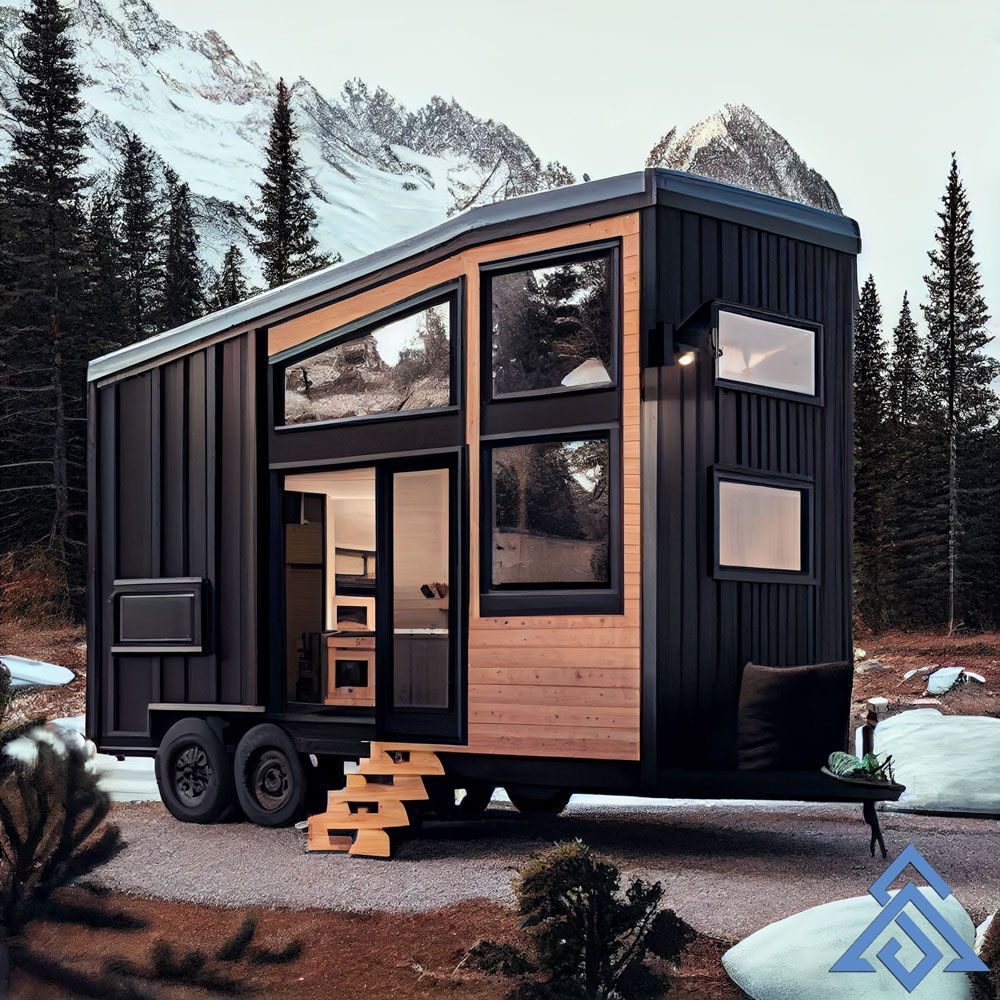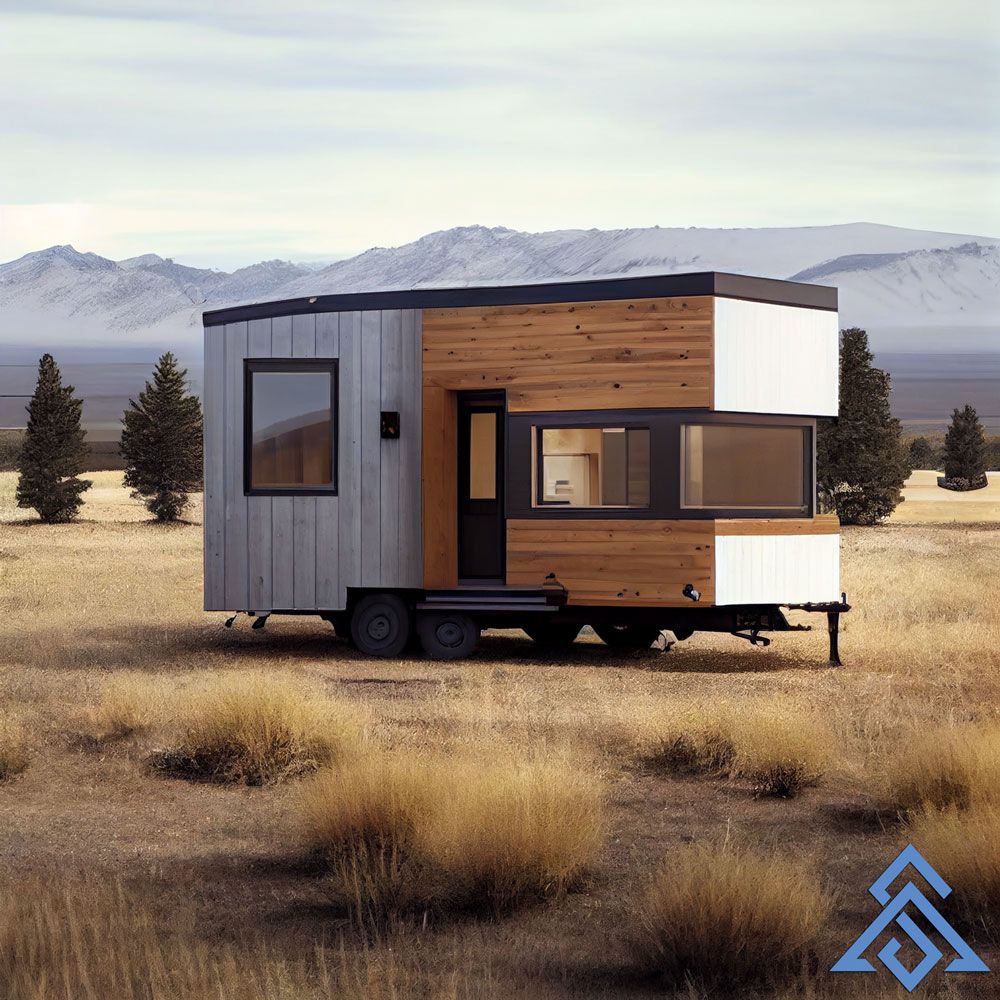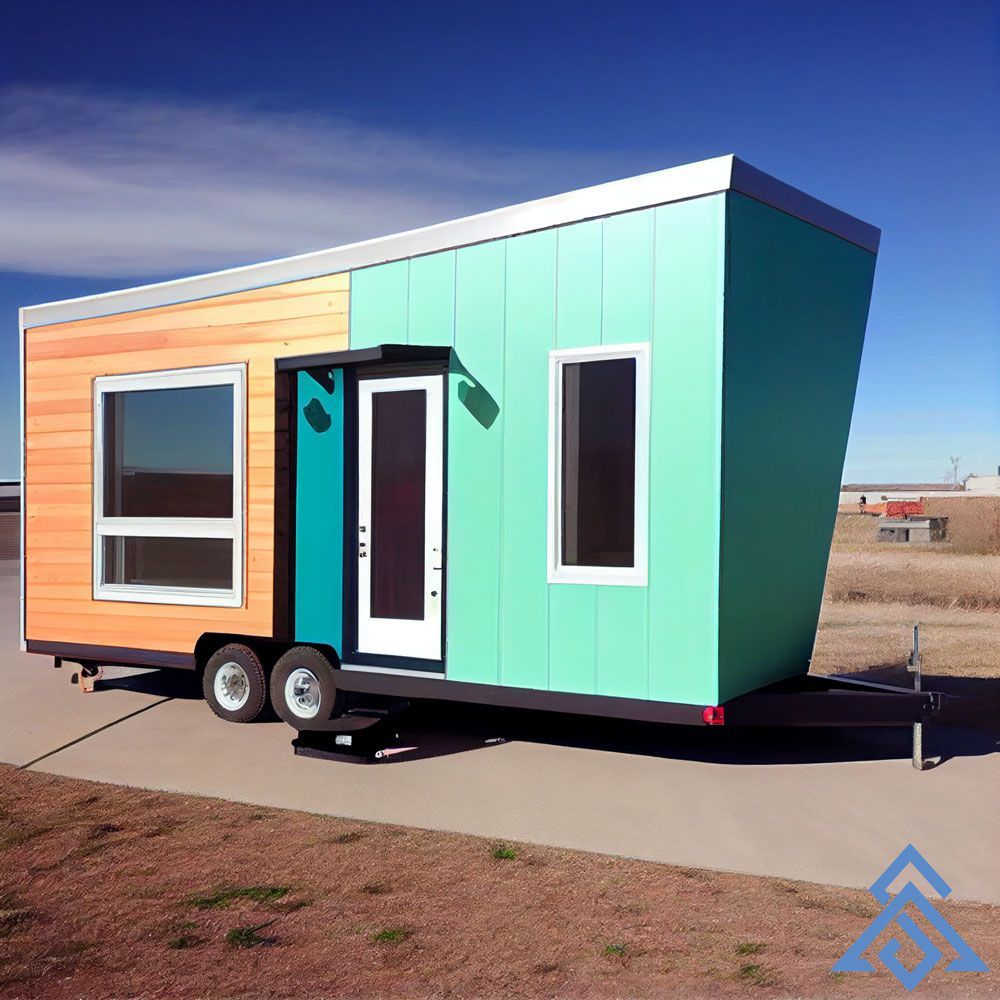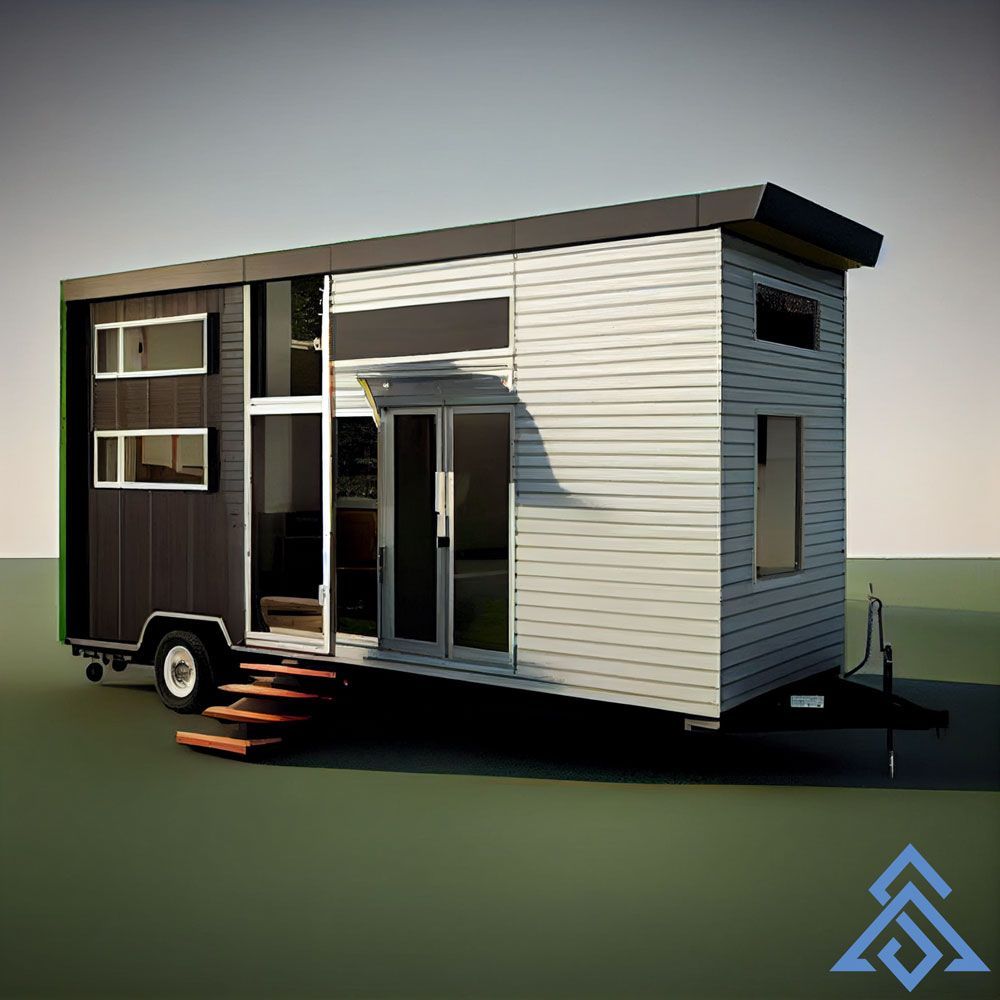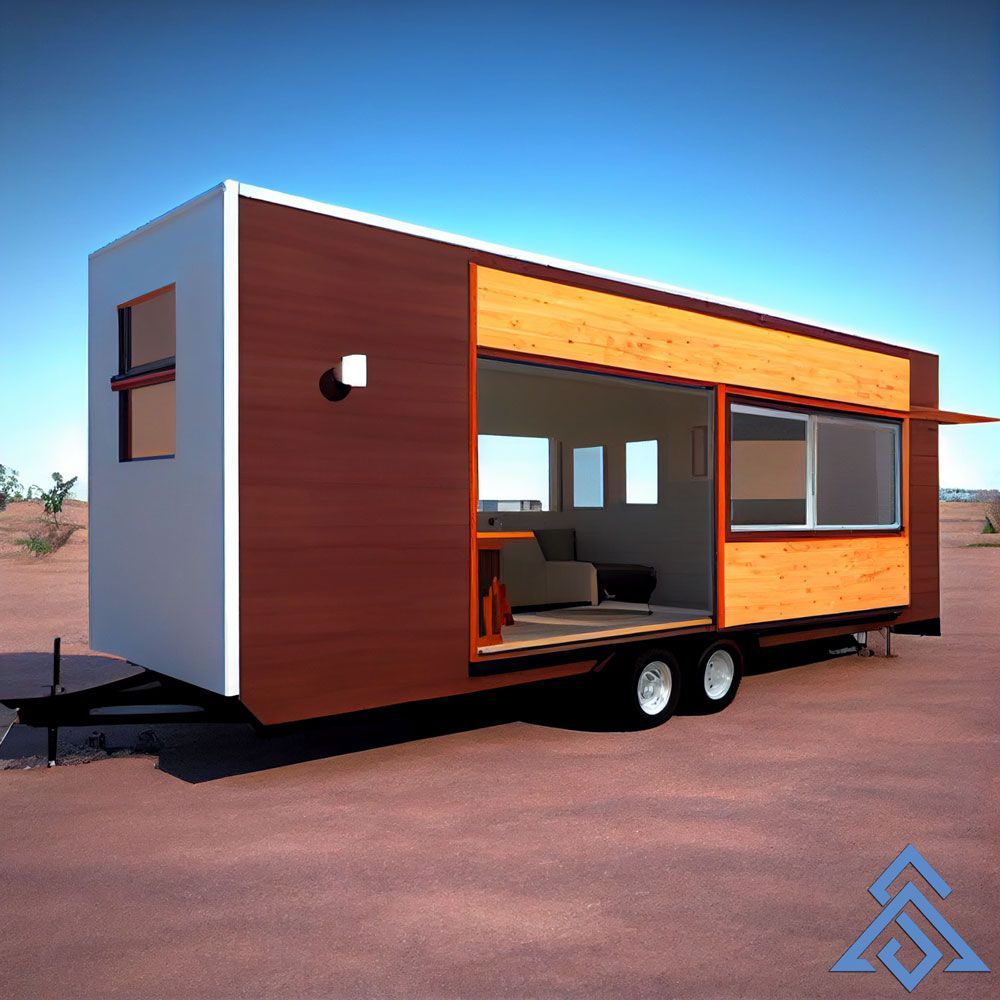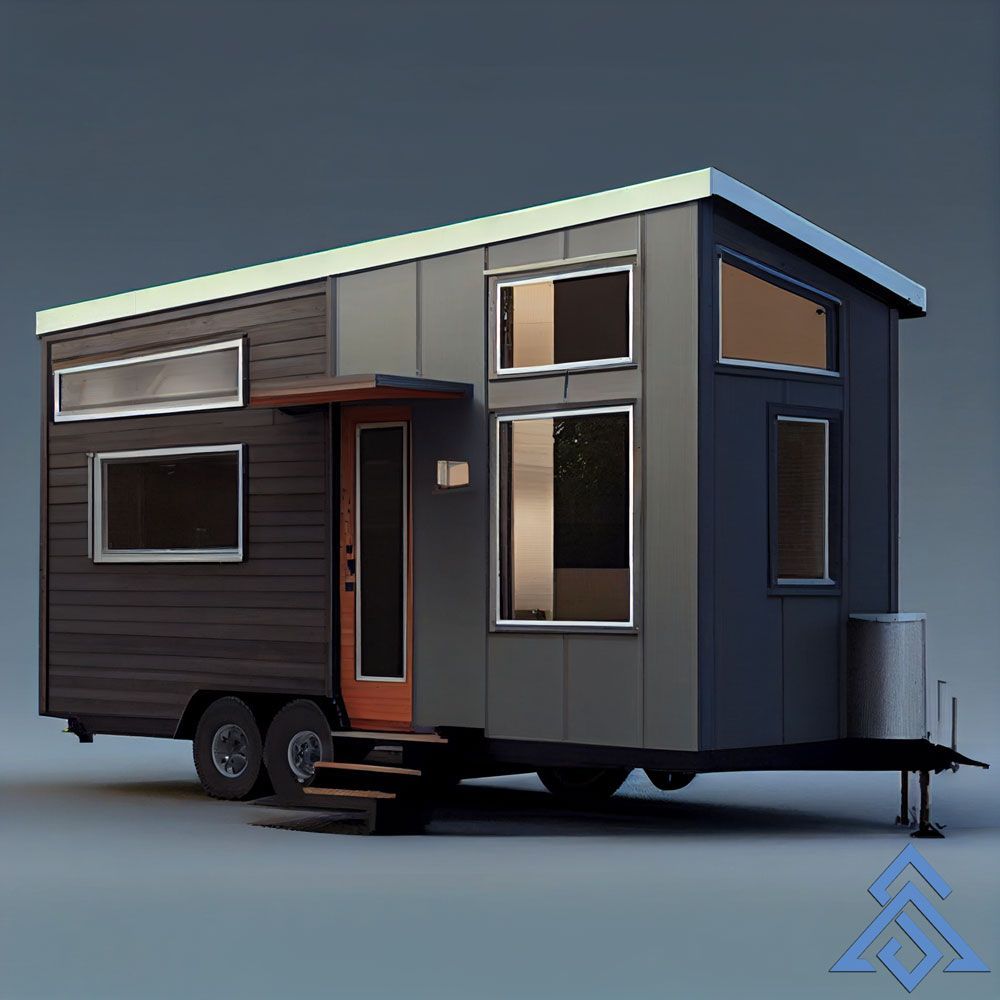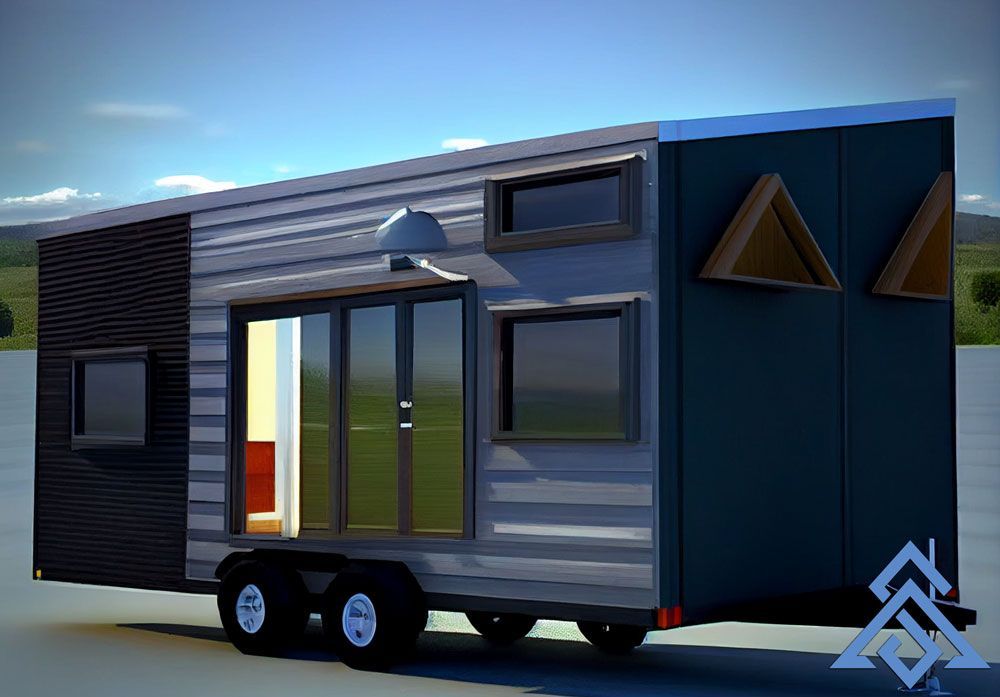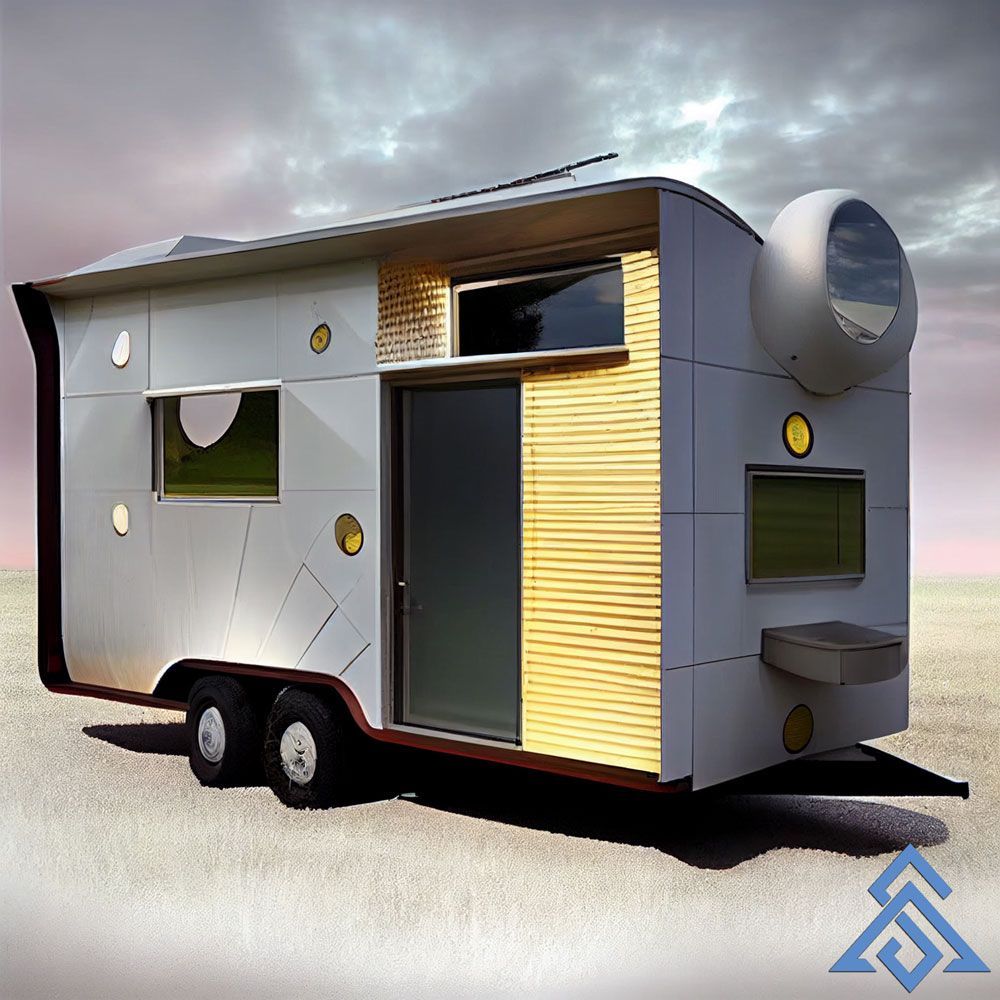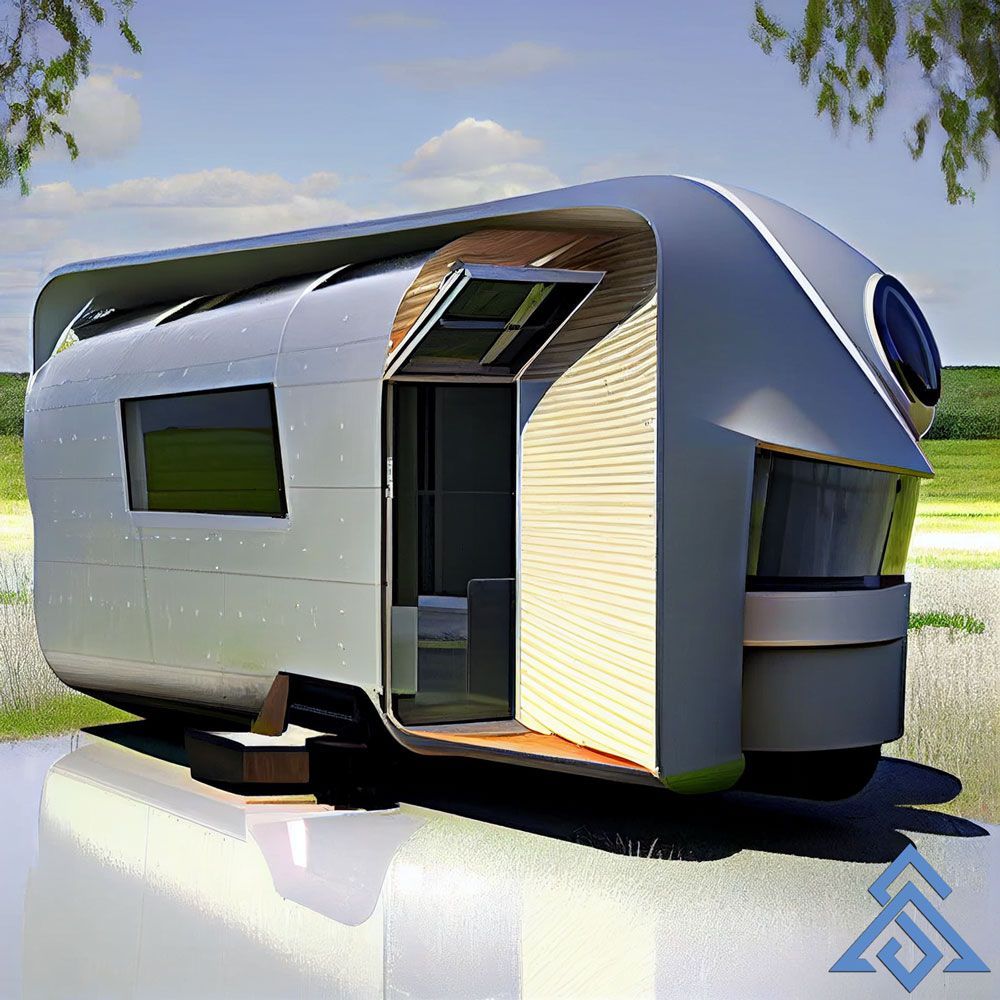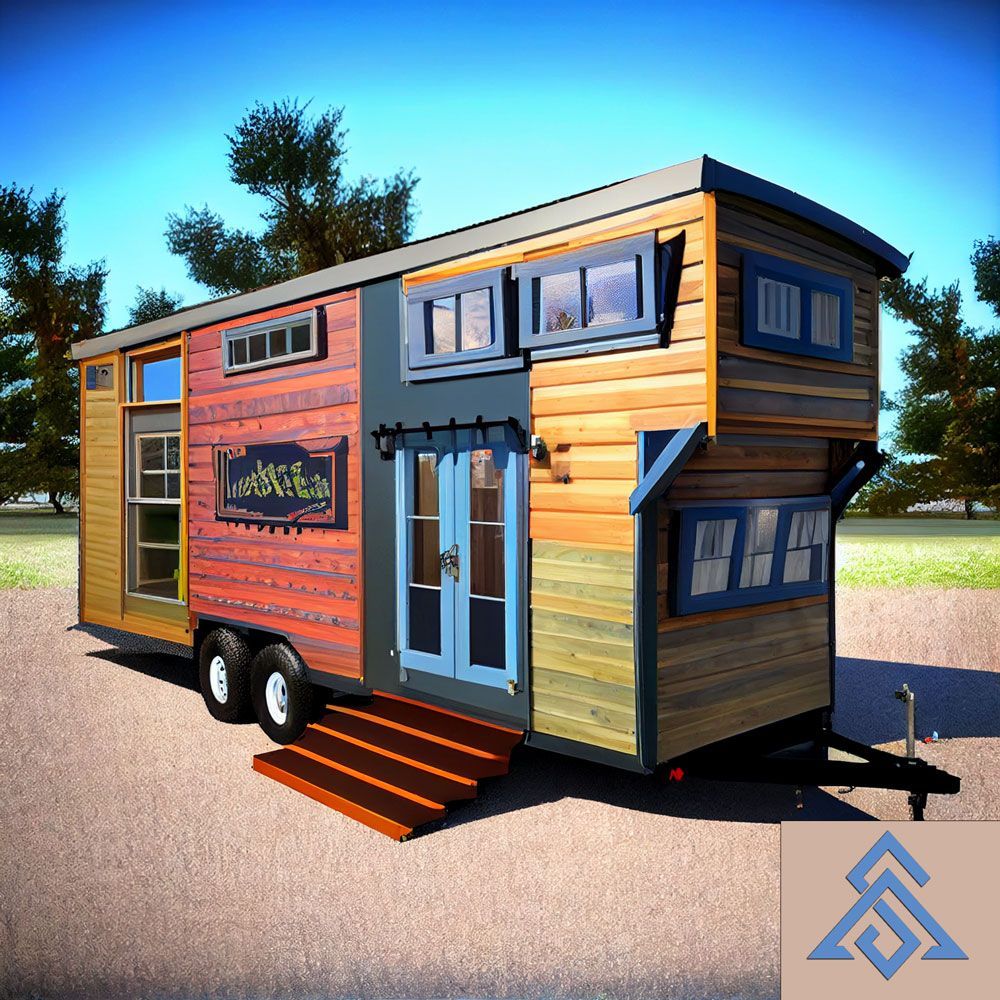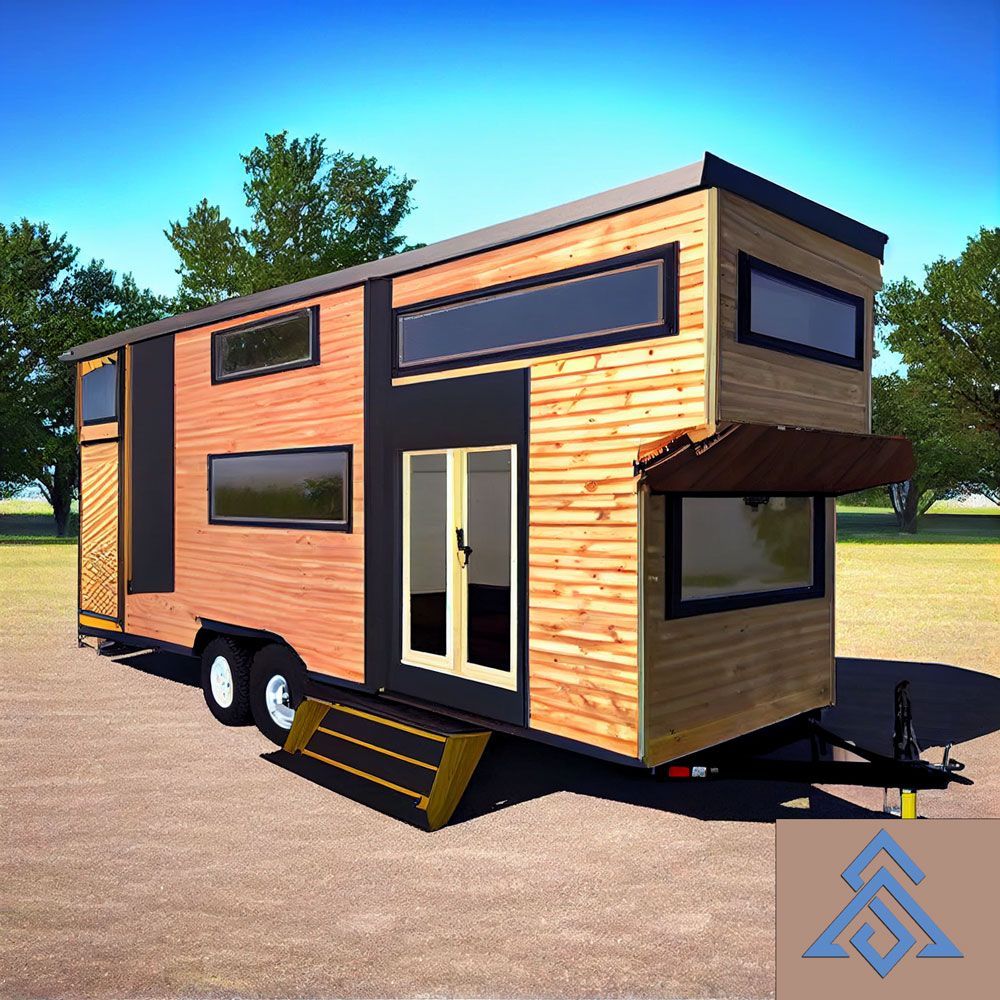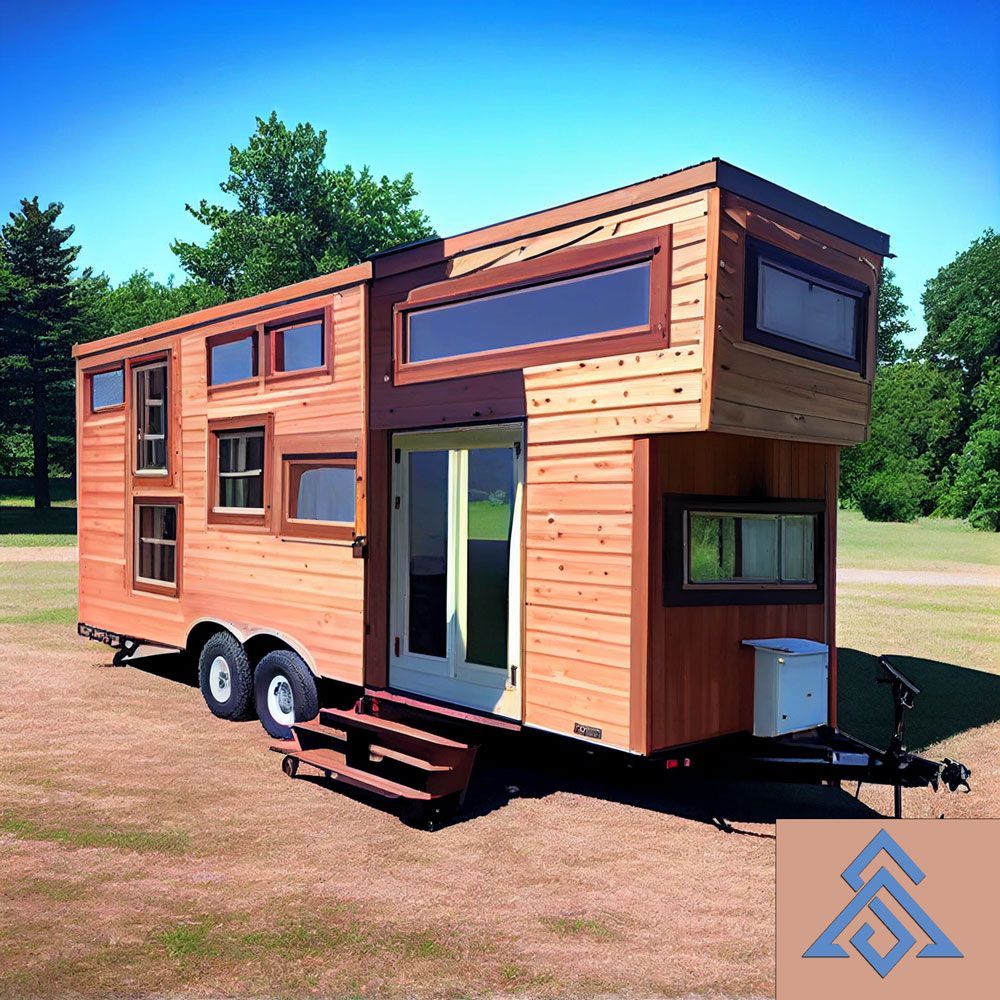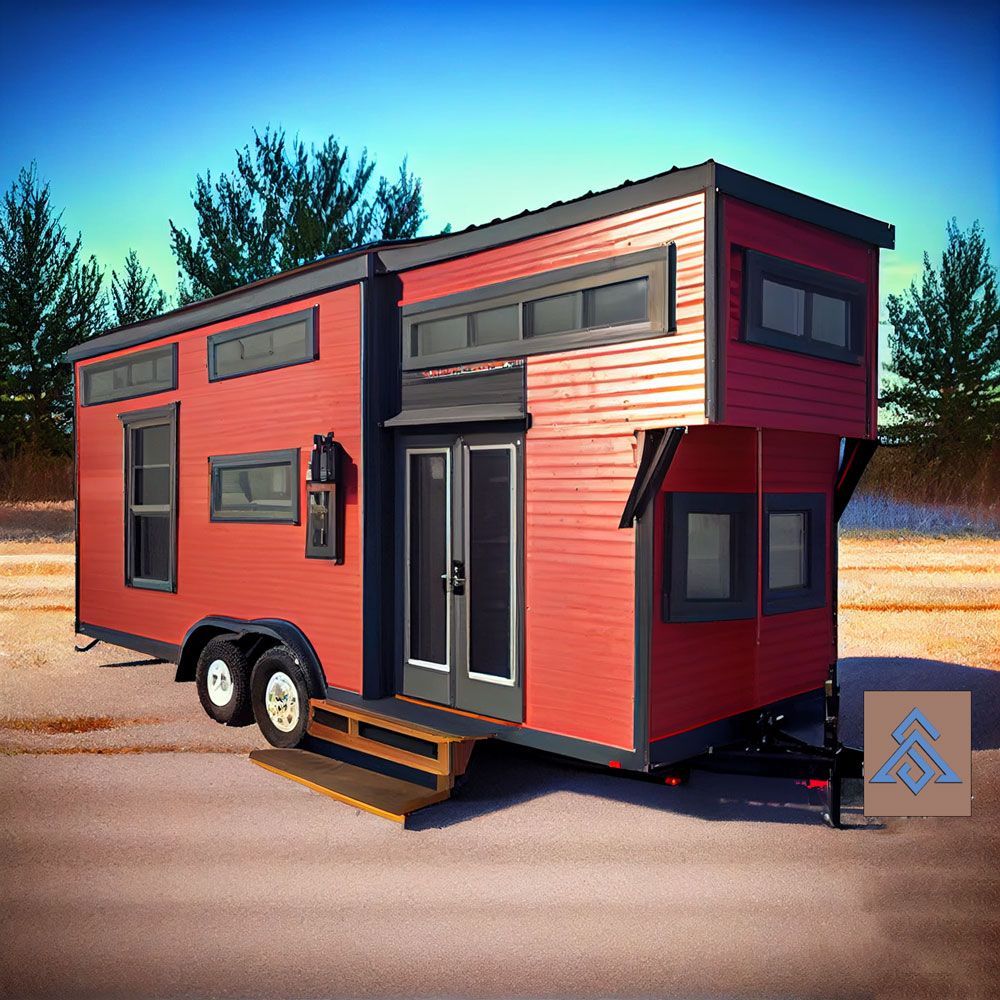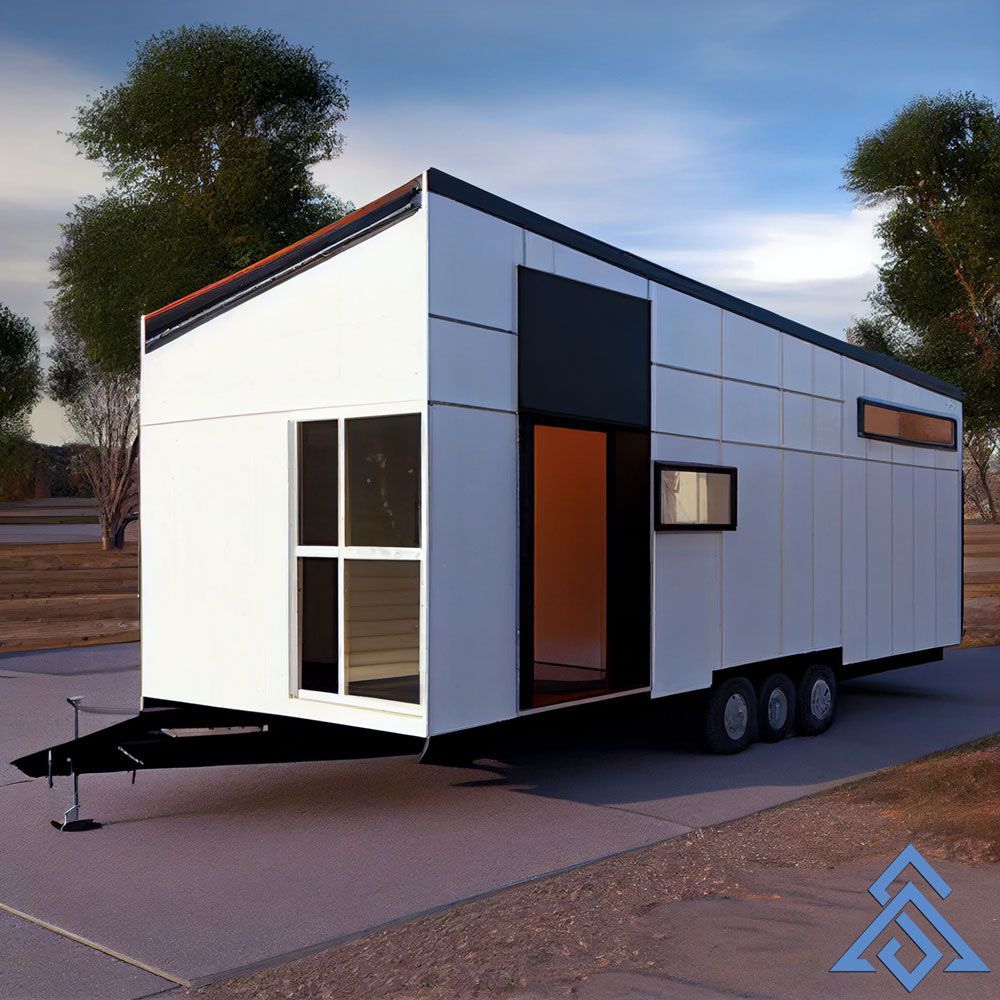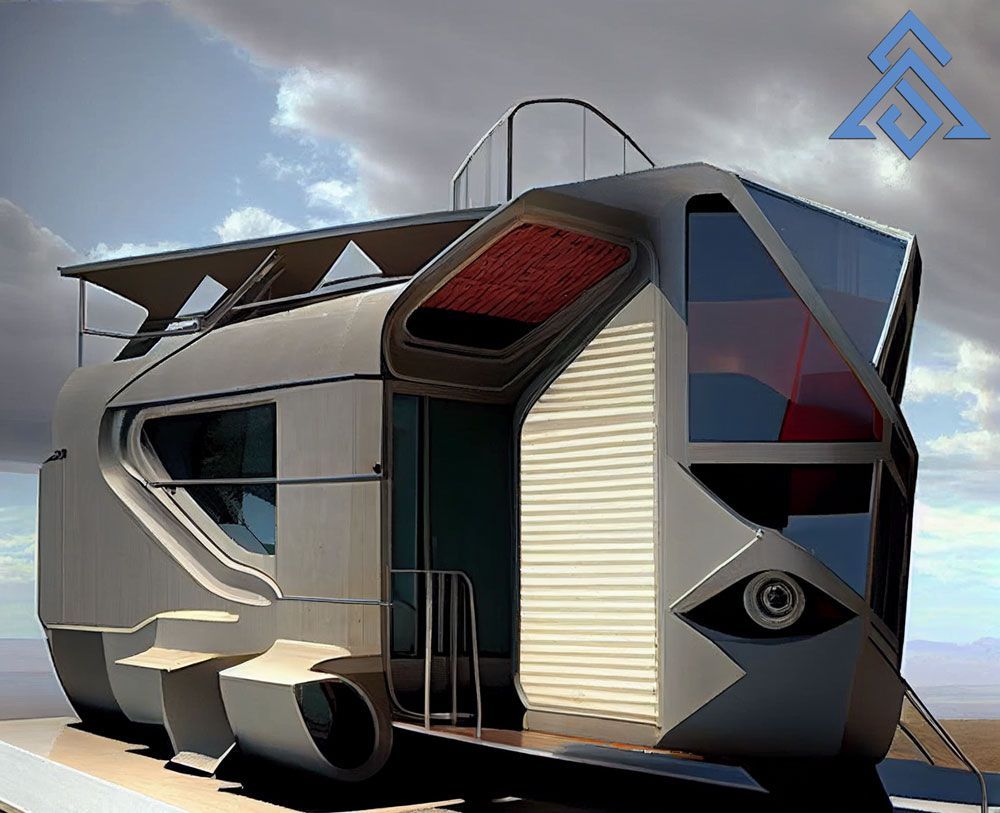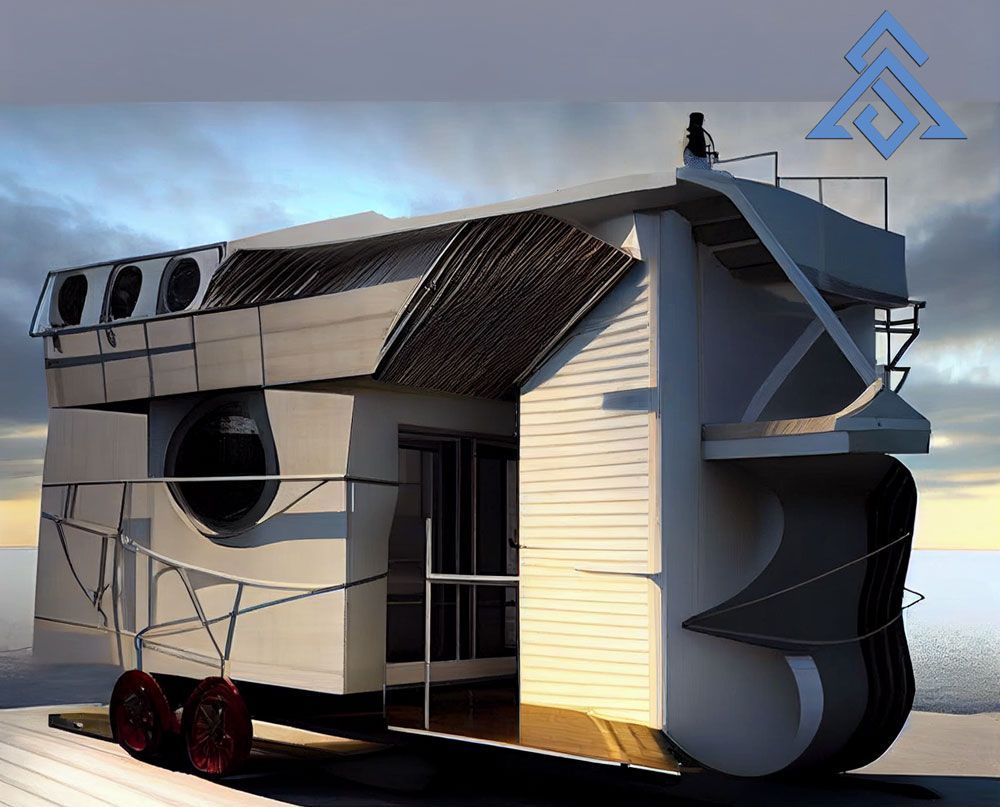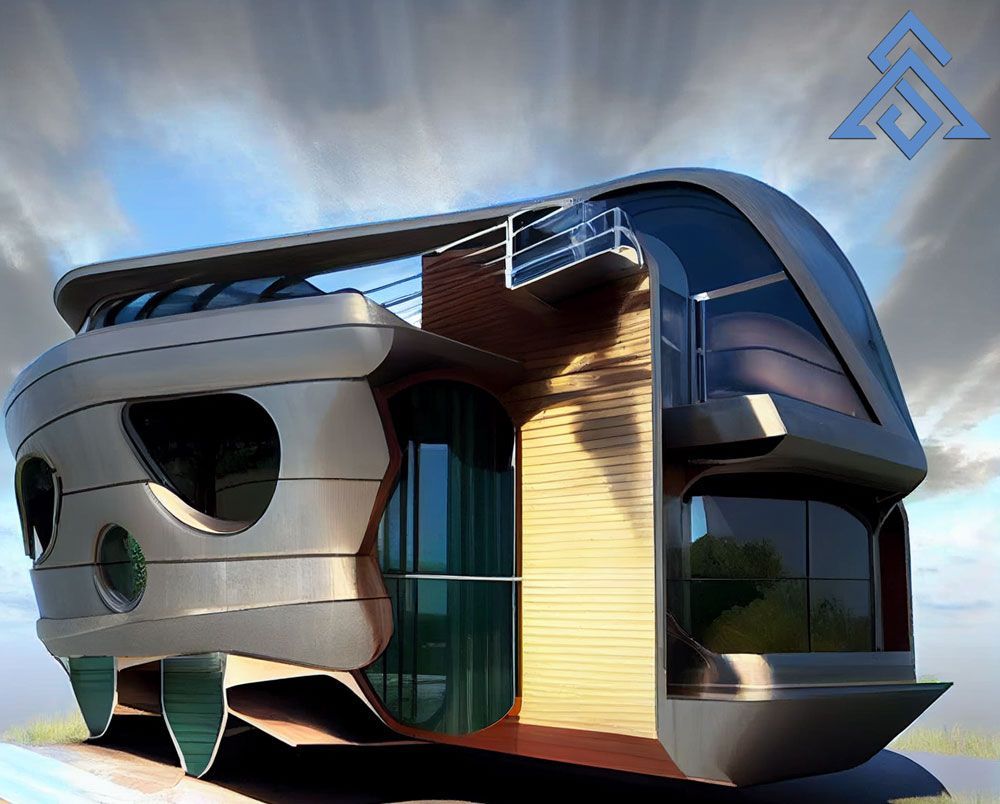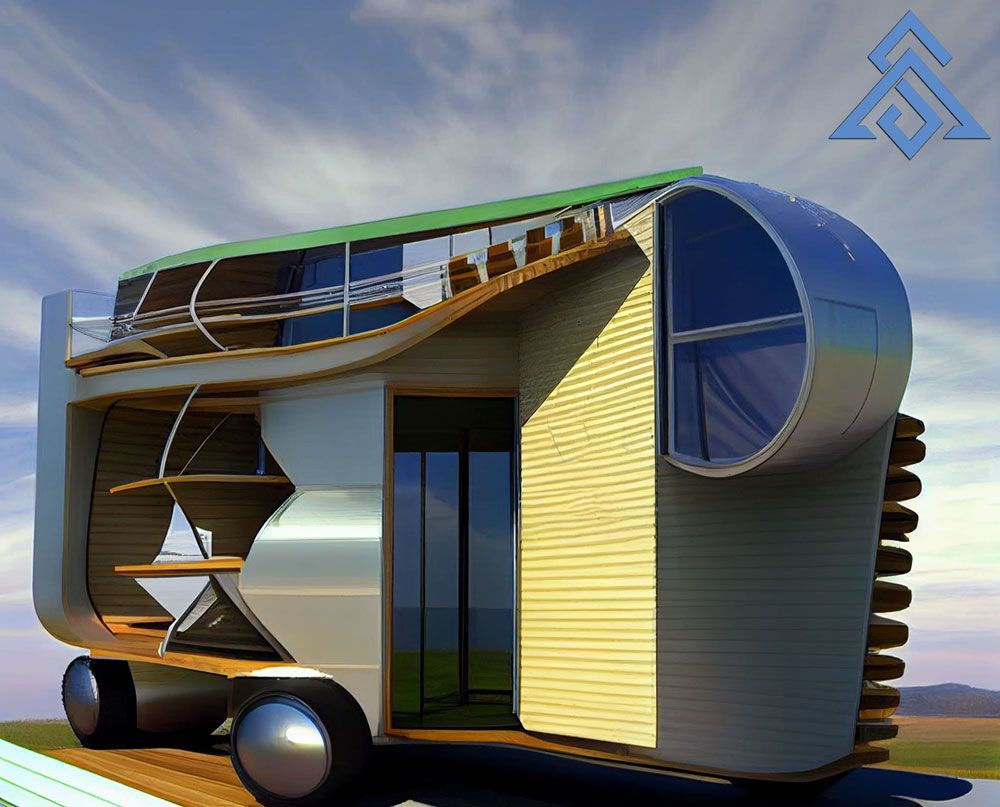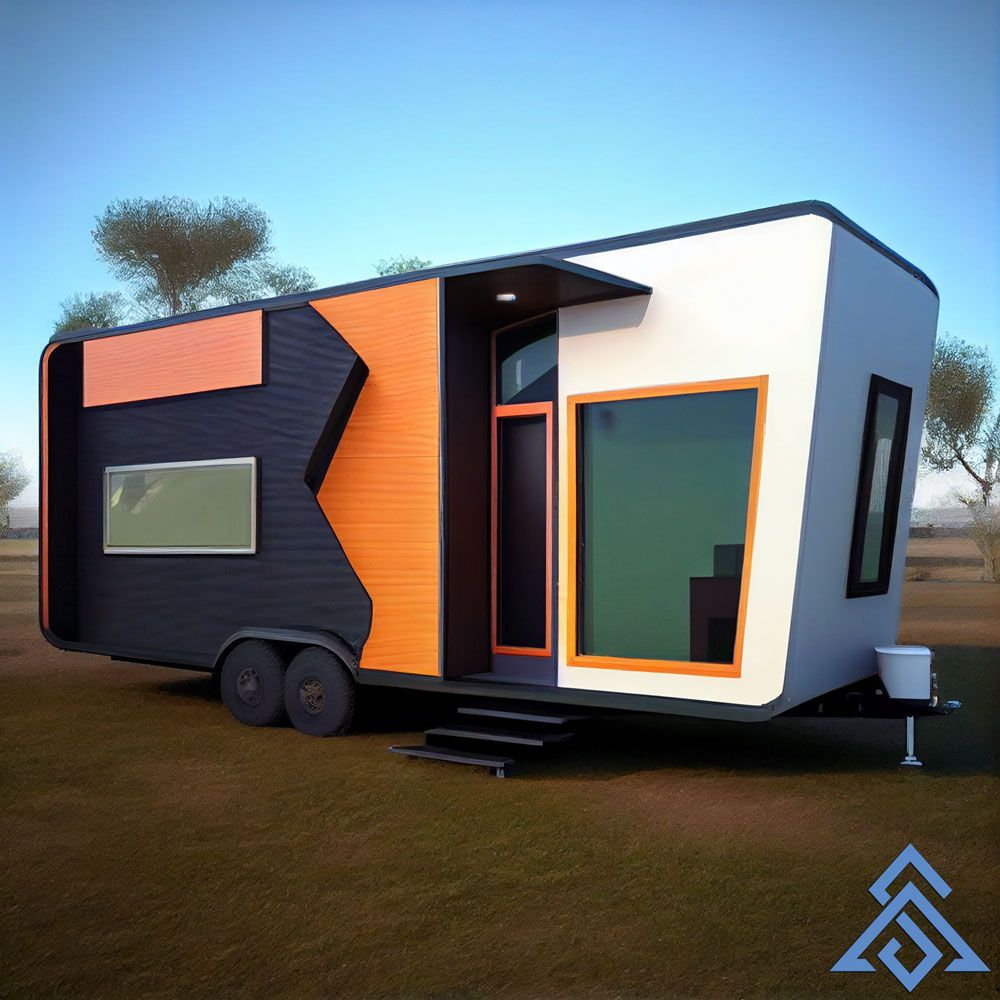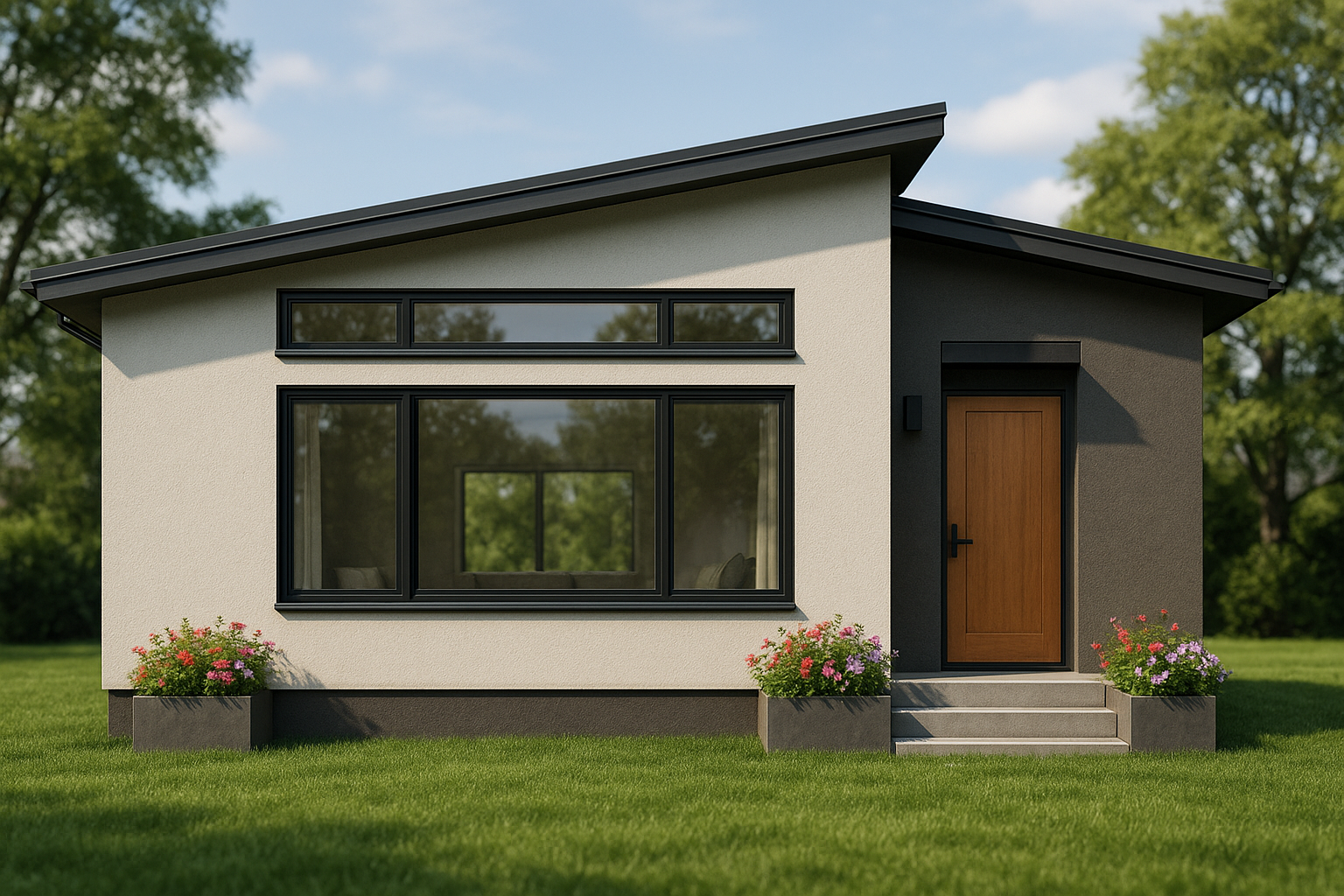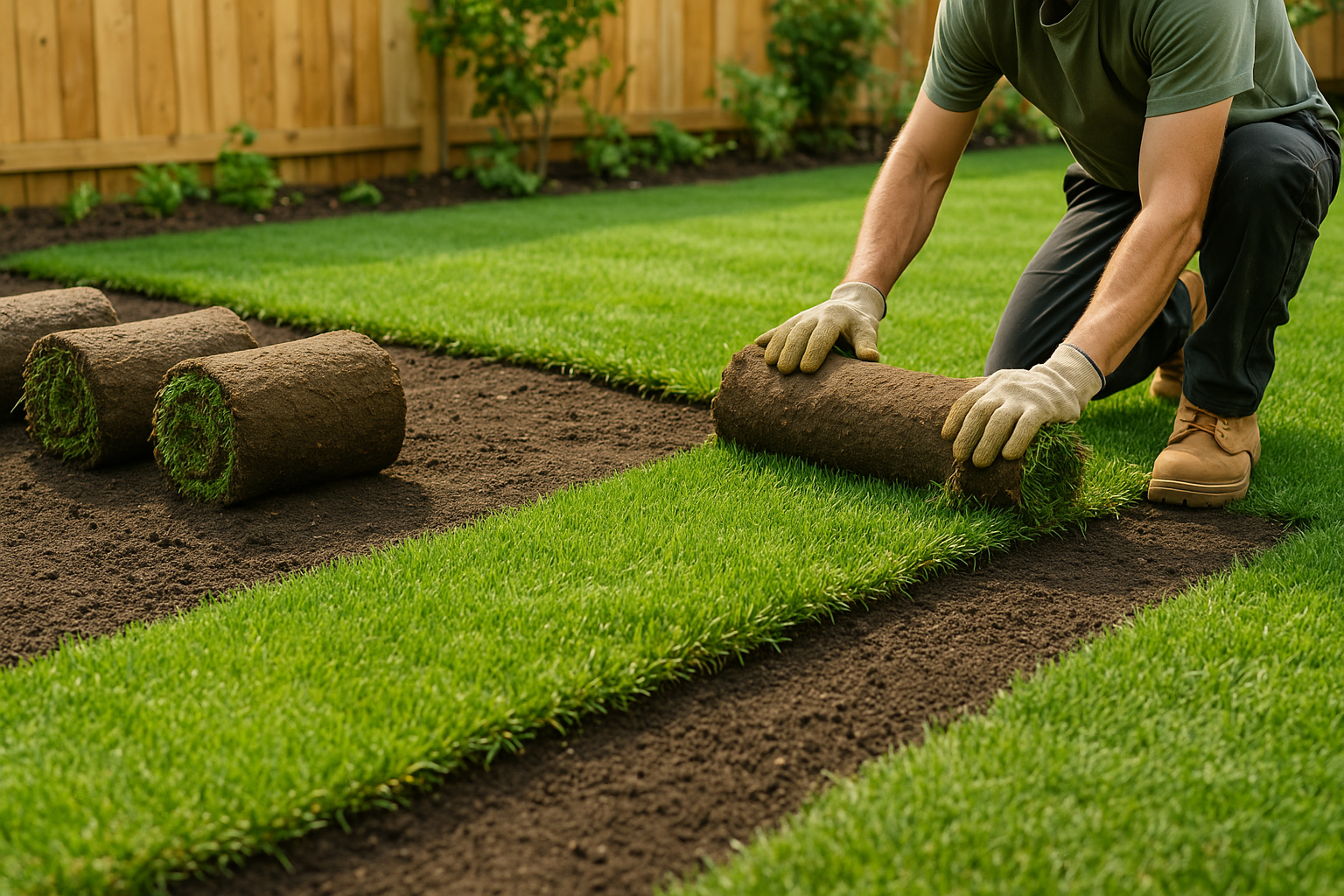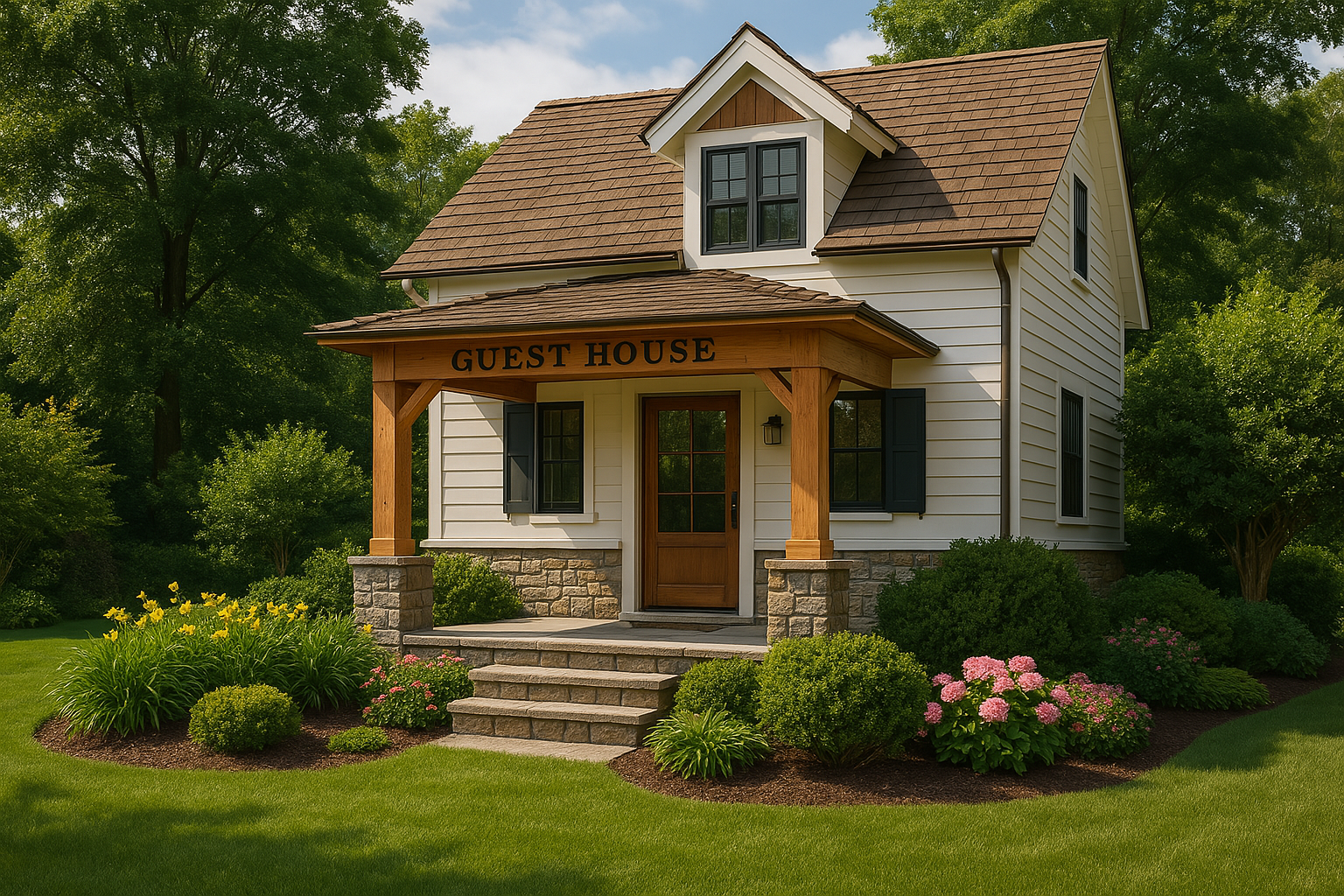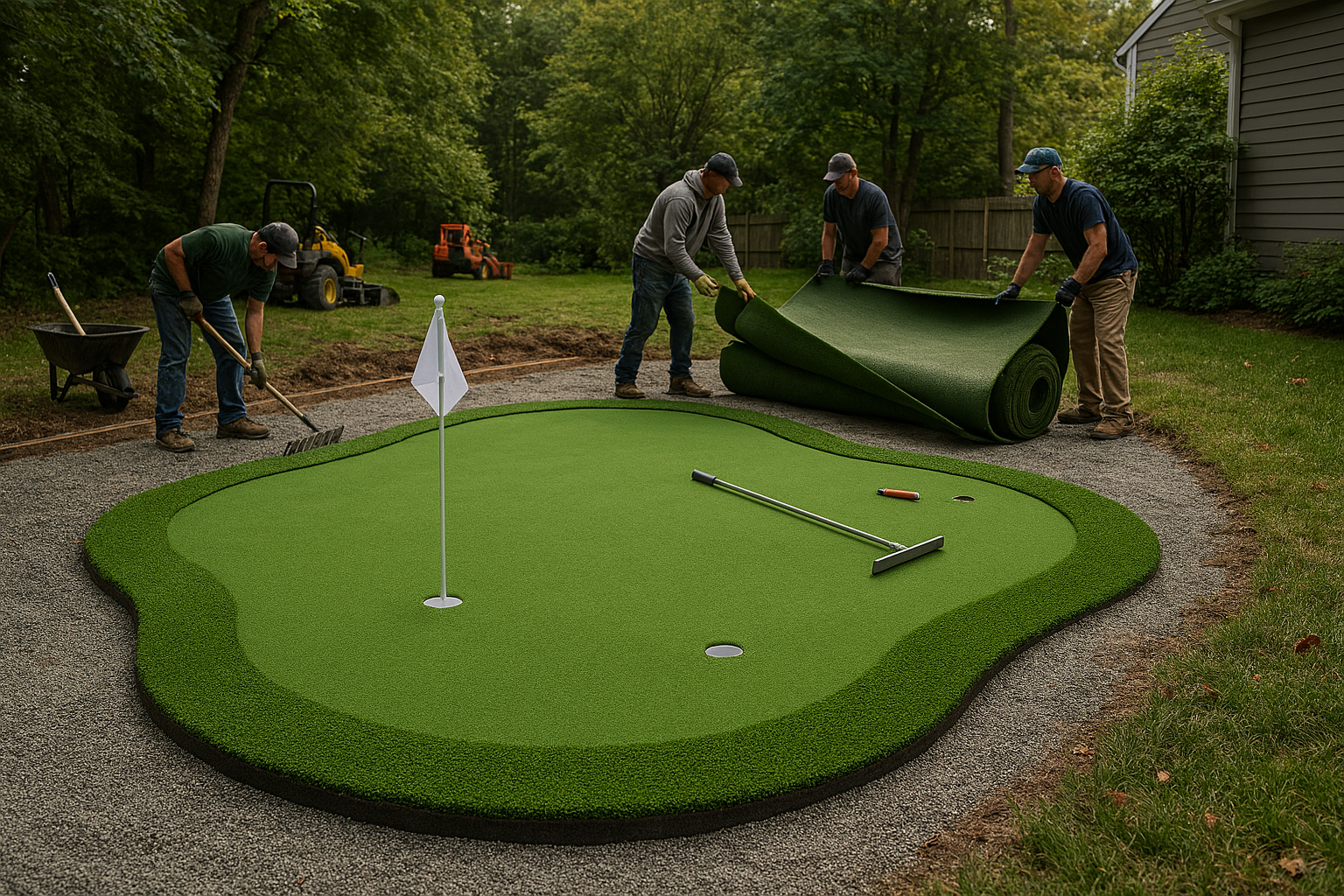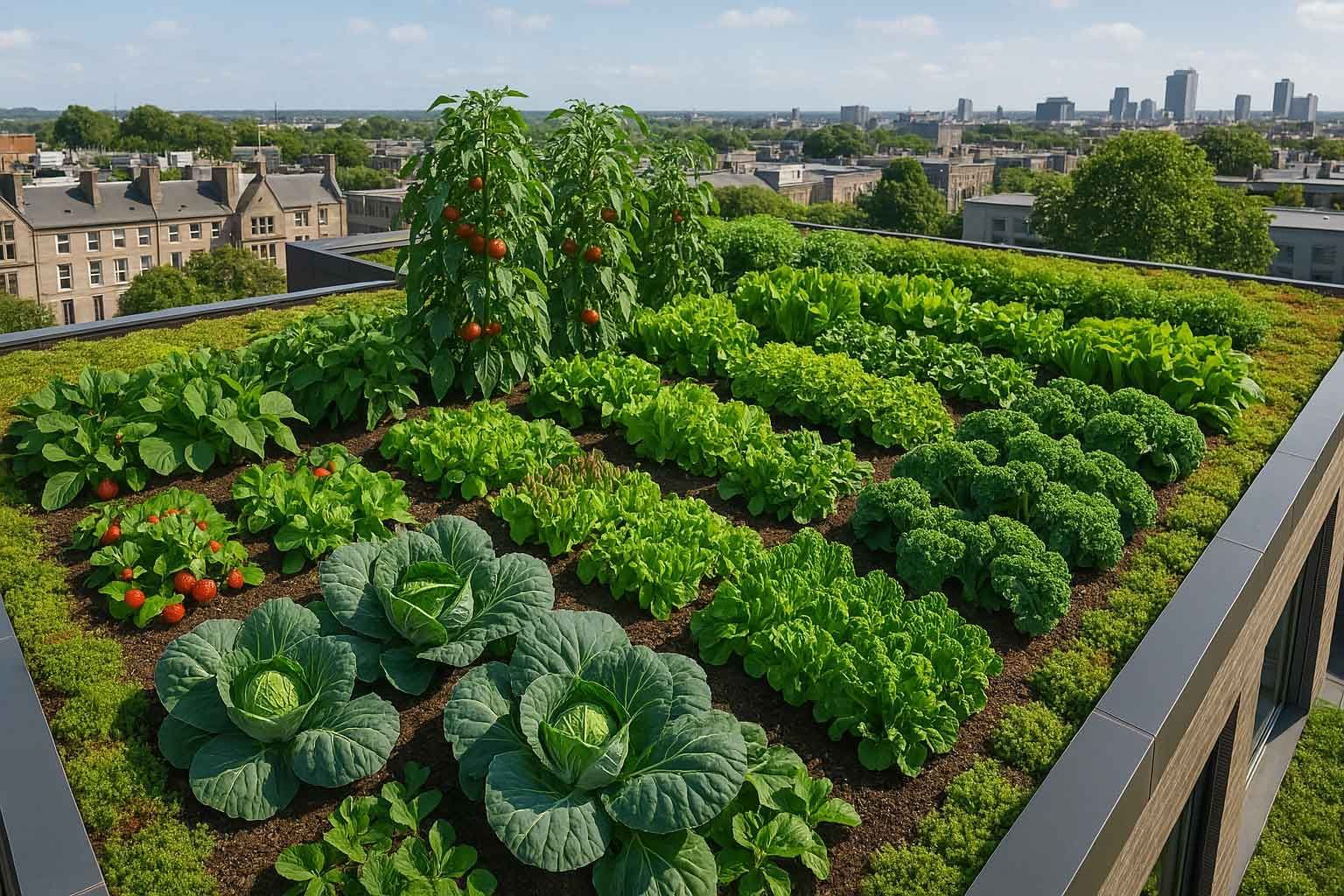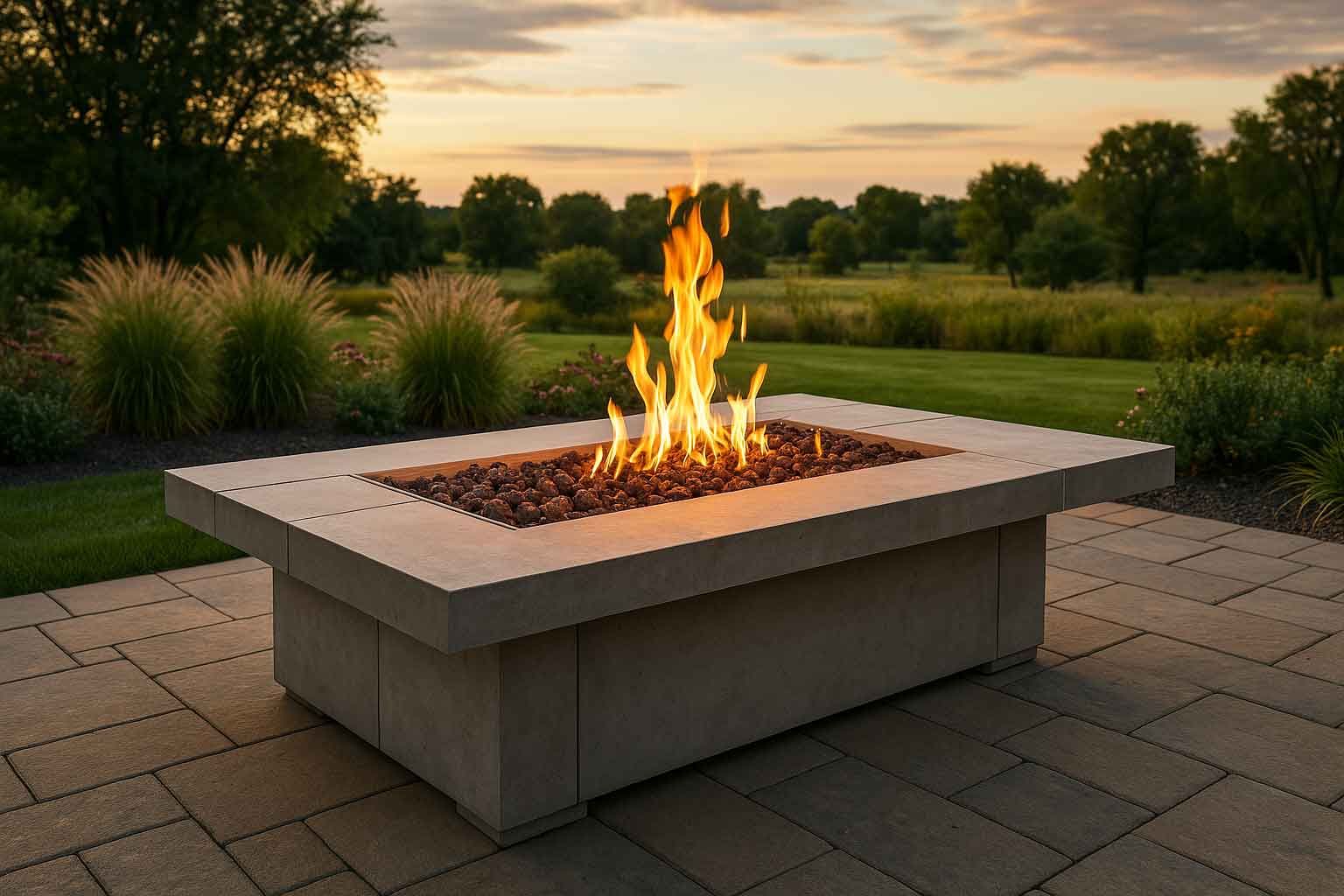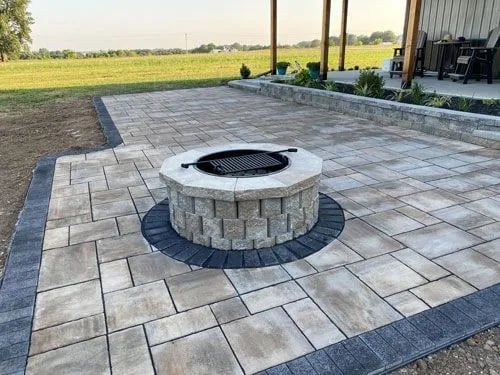The Tiny Home Experiment: Can You Really Live in 400 Square Feet?
What precisely are these tiny houses? Over the past few years, the popularity of tiny homes has increased among those who want to downsize and lead simpler lives. Tiny homes, which are typically defined as being no more than 500 square feet, are frequently thought of as a way to reduce one's environmental impact. Micro dwellings are another name for tiny houses.
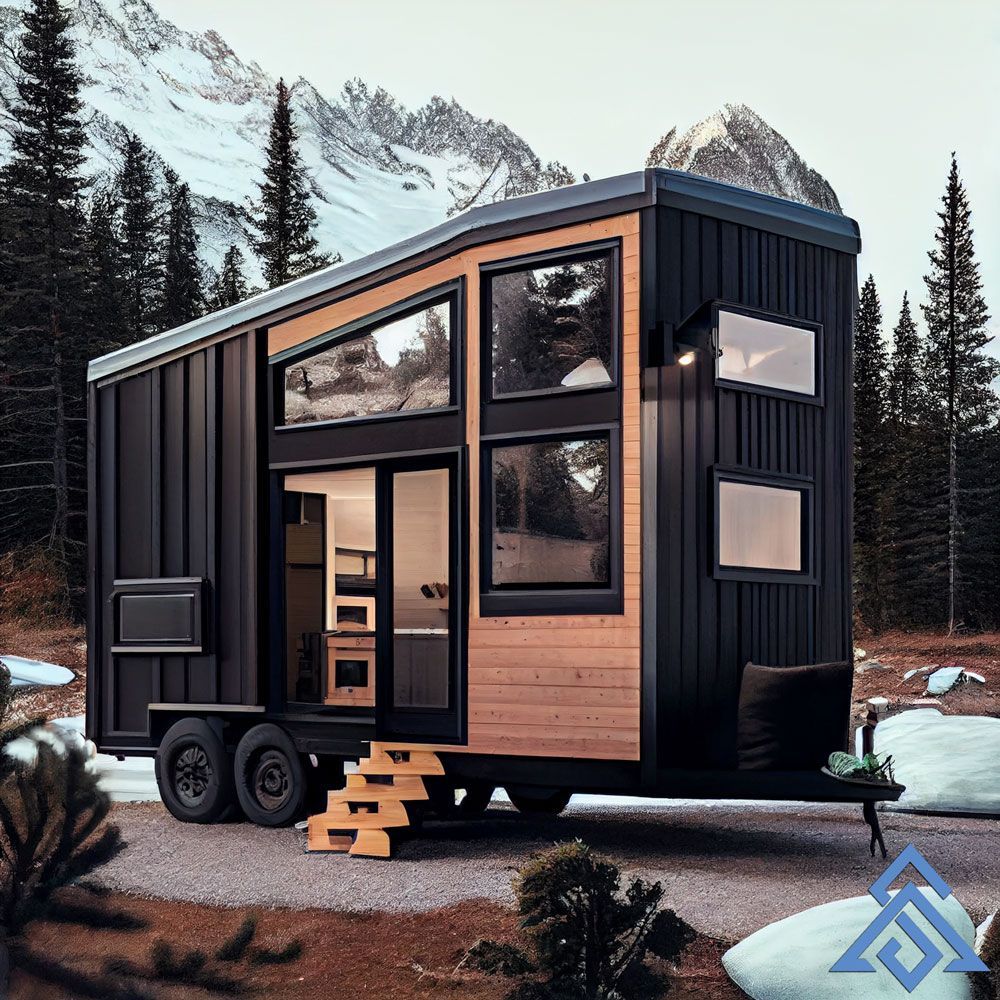
Tiny houses, however, have the capacity to be much more than just a way to reduce one's carbon impact. Because they provide more freedom and versatility than traditional residences do, they are becoming more and more well-liked as alternatives to traditional living arrangements.
The idea of living in a tiny house could seem strange at first, but there are a number of advantages that can turn this decision into an appealing one. To start, living in a tiny home is frequently much less expensive than living in a traditional home. This is due to the fact that tiny homes may frequently be built using recycled materials, which helps to keep the costs low. Additionally, it is occasionally possible to build micro homes in unusual places, like atop a hill or on a plot that is only a few square feet big.
Along with possible financial benefits, tiny homes may also give residents a sense of freedom and flexibility that may not be possible in typical homes. Tiny dwellings are frequently portable, allowing their owners the flexibility to move whenever they see appropriate. This may be useful for people whose jobs regularly compel them to move or who simply want to explore more of the United States.
Not to mention, compact homes enable people to live simpler lives with less material goods. Prioritizing experiences over material possessions will be much easier for you if you desire to live in a tiny place. This may lead to a decrease in stress levels and an increase in general personal pleasure.
Although tiny homes may seem like the ideal solution for those seeking to downsize, there are a few possible disadvantages that should be taken into account first. Starting with the fact that many standard mortgage lenders do not offer choices for financing such modestly small homes, financing a microhome might be difficult. Additionally, the construction of micro dwellings may or may not be permitted depending on the local zoning laws and building codes.
Overall, tiny homes are an intriguing alternative to traditional housing types. They give people the opportunity to live a more simple lifestyle and a way to decrease their influence on the environment. One must first consider the possible negative aspects of the circumstance before embarking on such a venture.
